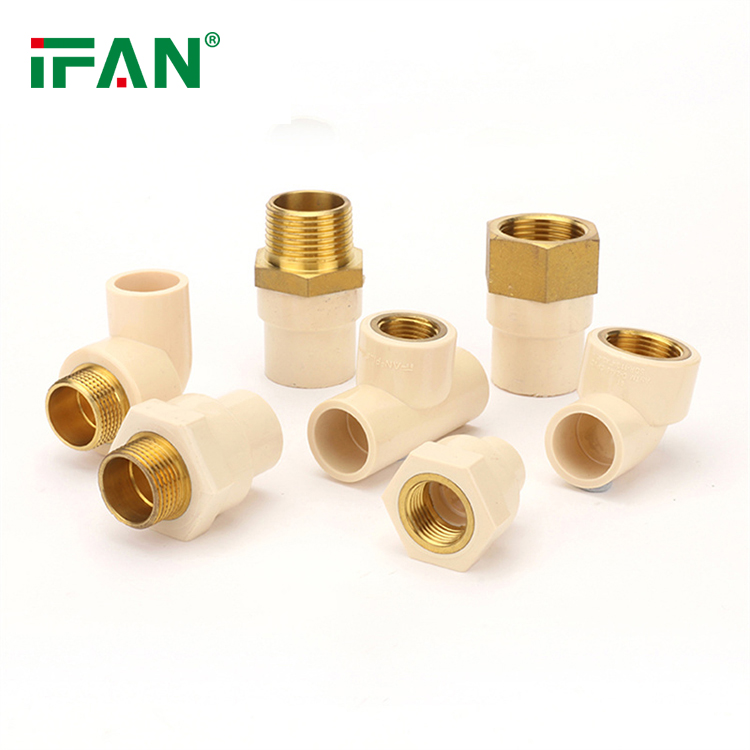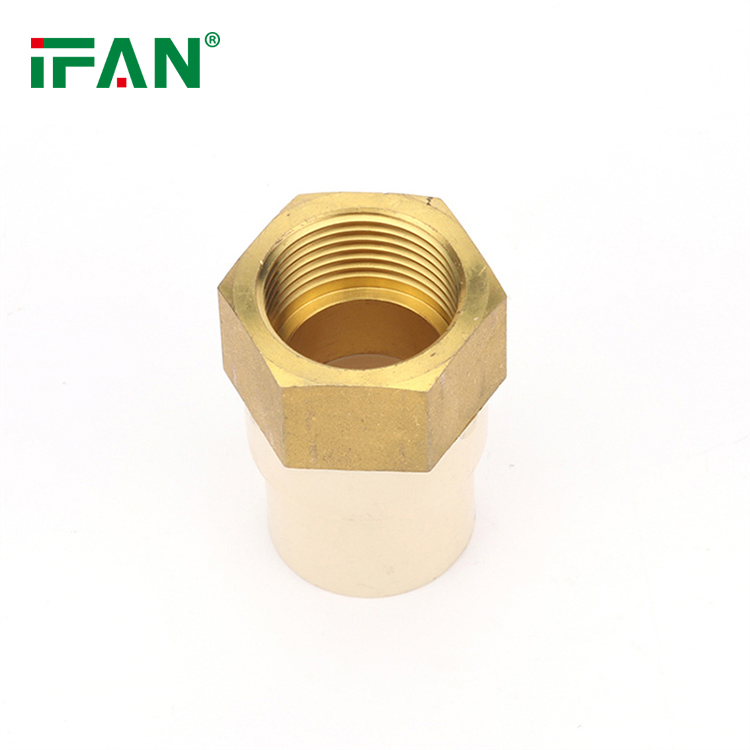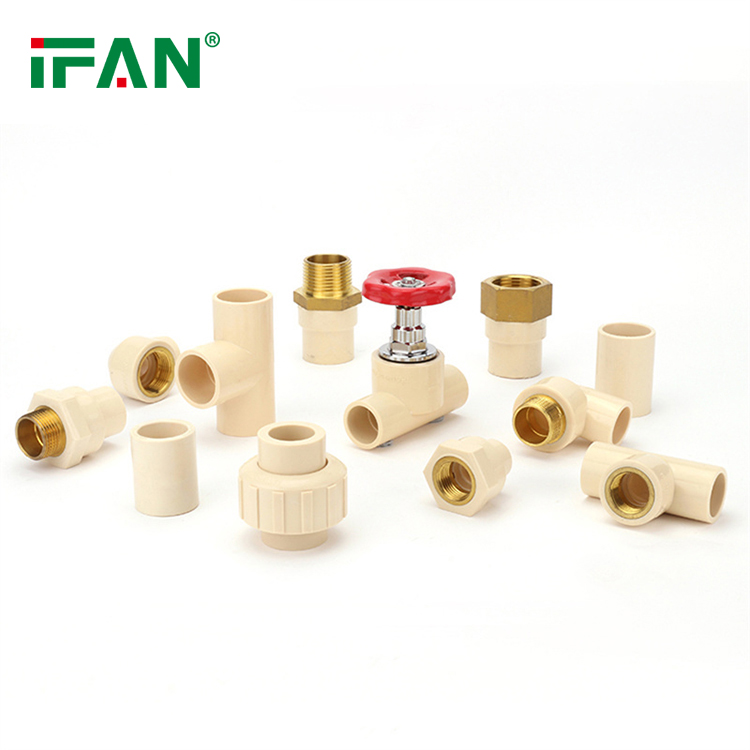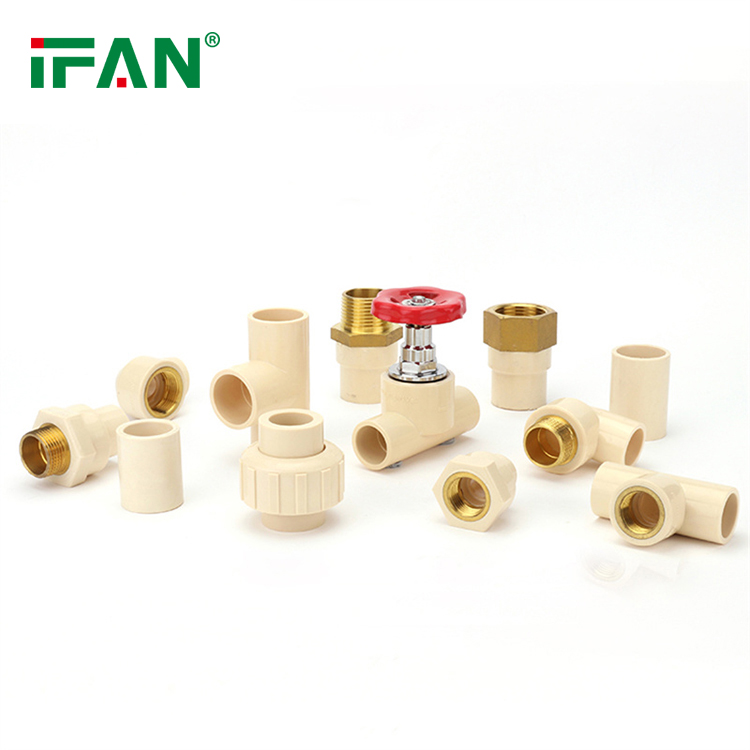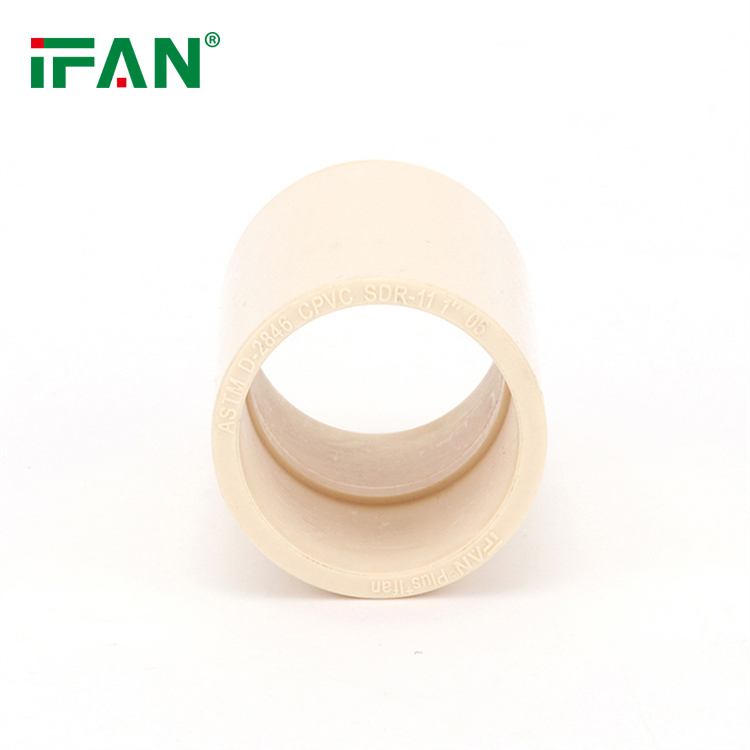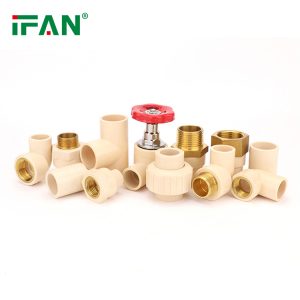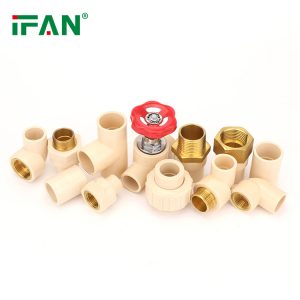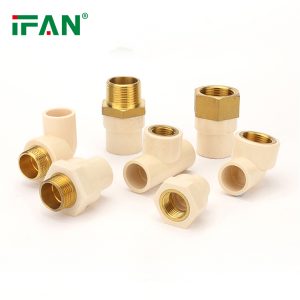Description
CPVC (chlorinated polyvinyl chloride) is often chosen over PVC (polyvinyl chloride) in certain applications due to its unique properties and advantages. Let’s explore why CPVC is used instead of PVC in more detail:
Higher Temperature Resistance: One of the primary reasons CPVC is selected over PVC is its superior temperature resistance. CPVC can handle higher temperatures, typically up to 200°F (93°C), compared to PVC’s maximum service temperature of around 140°F (60°C). This makes CPVC suitable for applications involving hot water systems, industrial processes, and environments with elevated temperatures.
Enhanced Chemical Resistance: CPVC exhibits better chemical resistance compared to PVC. The chlorination process increases the chlorine content in CPVC, resulting in improved resistance to acids, alkalis, corrosive substances, and certain aggressive chemicals. This makes CPVC a preferred choice in applications where chemical resistance is critical, such as chemical processing plants or laboratories.
Increased Strength and Durability: CPVC is generally stronger and more durable than PVC. The chlorination process enhances CPVC’s impact resistance and resistance to physical stress, making it less prone to cracking or breaking. This makes CPVC suitable for applications where durability and resistance to physical stress are essential, such as plumbing systems in high-traffic areas or industrial environments.
Fire Resistance: CPVC has better fire resistance properties compared to PVC. The additional chlorine content in CPVC improves its flame retardancy, making it more difficult to ignite and reducing the spread of flames. This fire resistance property of CPVC makes it a preferred choice in applications where fire safety is important, such as fire sprinkler systems or electrical conduit installations.
Code Compliance: In some regions, building codes and regulations may require the use of CPVC instead of PVC for specific applications. This is often the case in areas where higher temperature resistance, chemical resistance, or fire resistance are necessary to meet safety standards. Compliance with these codes and regulations drives the adoption of CPVC in favor of PVC.
Compatibility with Existing Systems: In retrofit or replacement scenarios, CPVC may be chosen instead of PVC to ensure compatibility with existing systems. If the existing system already uses CPVC pipes and fittings, it is more convenient and cost-effective to continue using CPVC rather than switching to PVC, as it eliminates the need for extensive modifications or replacements.
In summary, CPVC is used instead of PVC due to its higher temperature resistance, enhanced chemical resistance, increased strength and durability, fire resistance properties, code compliance requirements, and compatibility with existing systems. These advantages make CPVC a preferred choice in applications where PVC may not meet the specific requirements or standards.
Related products
-
CPVC ASTM2846
The Advantages of Using Brass Fittings in Plumbing


